order

Coleoptera
“Adult Beetles”

Coleoptera
“Larval Beetles”

Diptera
“True Flies”

Ephemeroptera
“Mayflies”

Hemiptera
“True Bugs”

Lepidoptera
“Aquatic Caterpillars, Snout Moths”

Megaloptera
“Alderflies, Dobsonflies, and Fishflies”

Odonata
“Dragonflies and Damselflies”

Plecoptera
“Stoneflies”

Trichoptera
“Caddisflies”
family
Elmidae
Dubiraphia
“Riffle Beetles”
Genus Overview
There are 11 species in North America.
Characteristics
POLLUTION TOLERANCE
Southeast: 6.4 and higher
Upper Midwest: 6 and higher
Midwest: 3.2 and higher
Mid-Atlantic: 6 and higher
0 = least tolerant, 10 = most tolerant
FEEDING HABITS
Collector / Gatherer
Scraper / Grazer
Shredder / Herbivore
Scraper / Grazer
Shredder / Herbivore
MOVEMENT
Climber
Clinger
Clinger
DISTRIBUTION
Widespread (east of the Rocky Mtns.)
HABITAT
Lotic-depositional
Lotic-erosional
Lotic-erosional
Diagnostic Characters
Order
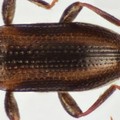
Elytra
Family

5-Segmented Tarsi
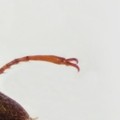
Big Claws
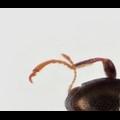
Last Tarsal Segment
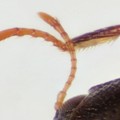
Thread-like Antennae
Genus
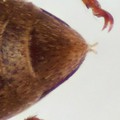
Epipleura
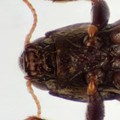
Prosternal Process
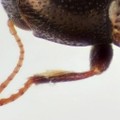
Tomentum of tibia
+ Expanded Character List
Order:
Adults with hardened forewings (elytra) covering the hind wings.
Family:
Terminal segment of each antenna no longer than combined length of 2 preceding segments; antennae thread-like. Elytra concealing entire abdomen or exposing only part of 1 tergite. Each leg with 5 tarsal segments, last tarsal segment about as long as other segments combined and with big claws. Abdomen with 5 visible segments.
Genus:
The genus is determined by the fringe of hair on the front tibia and stripes of color on the elytra. They are all elongated in size and elytra are parallel-sided then taper to a round point.
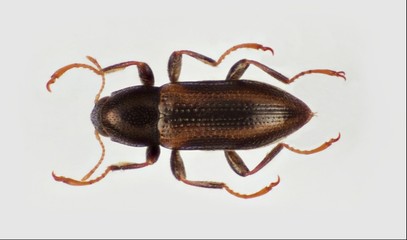
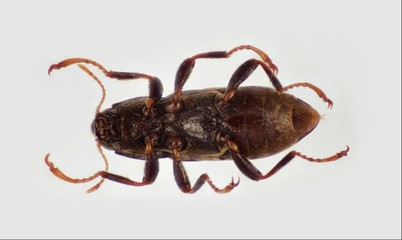
Dorsal
Ventral



